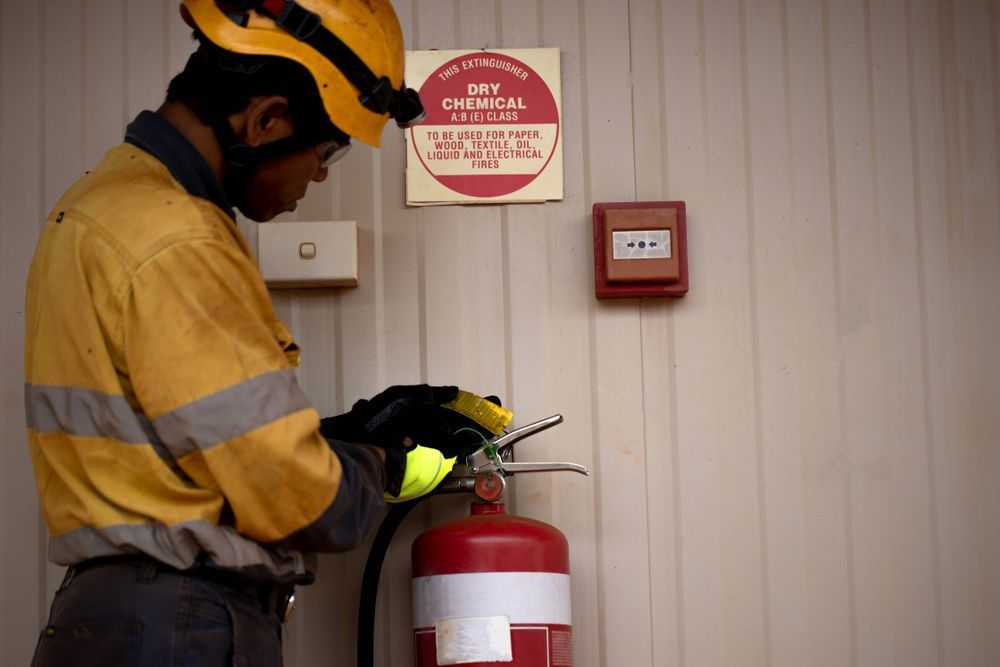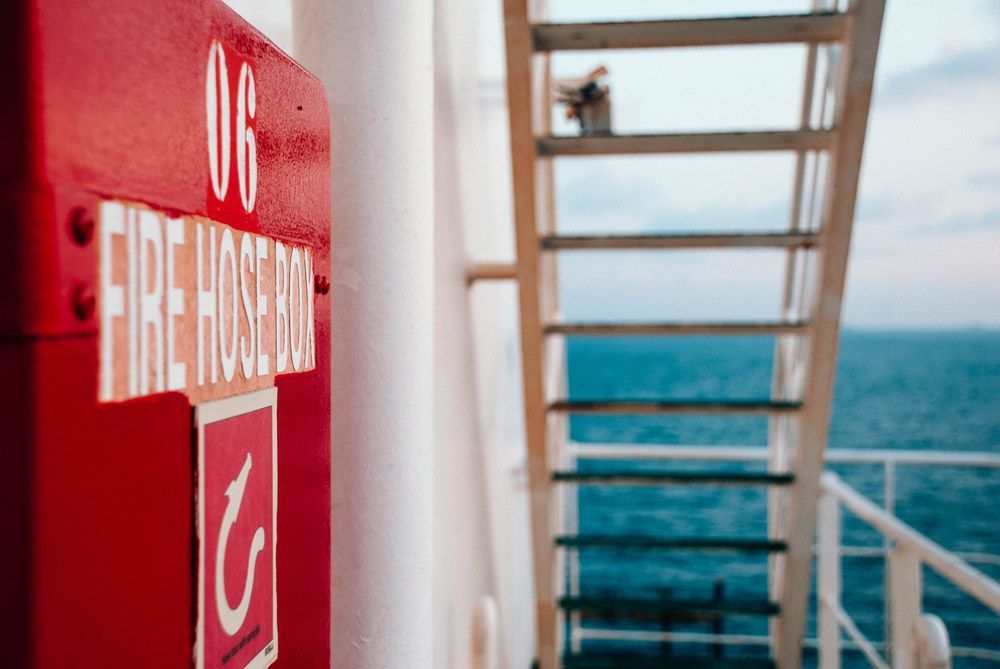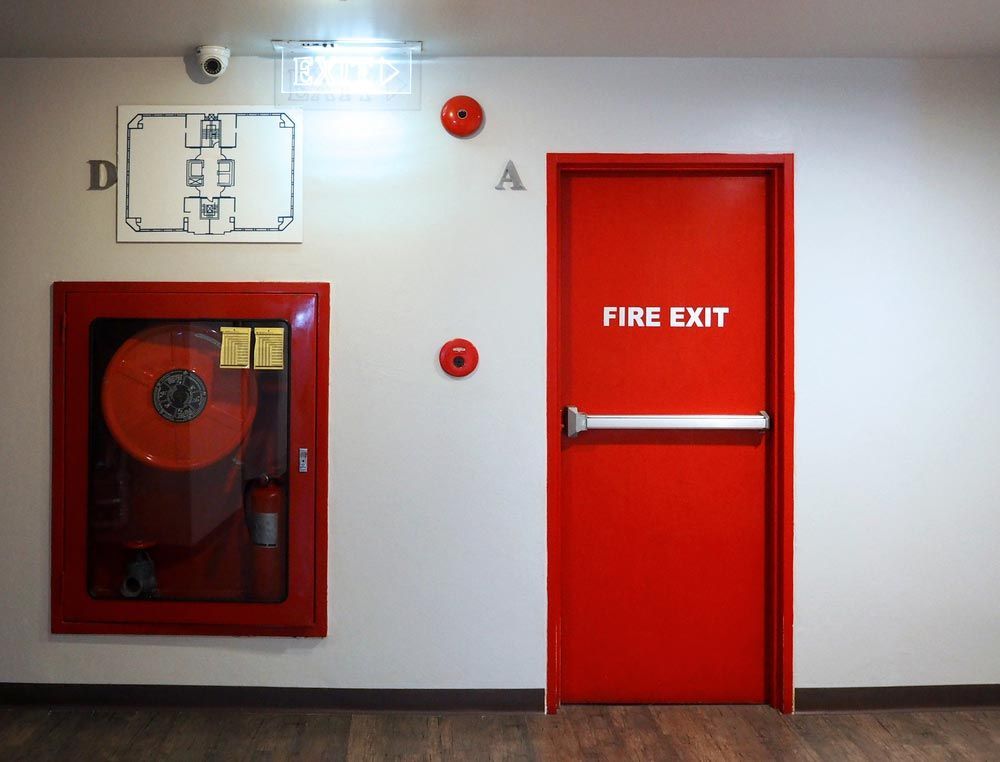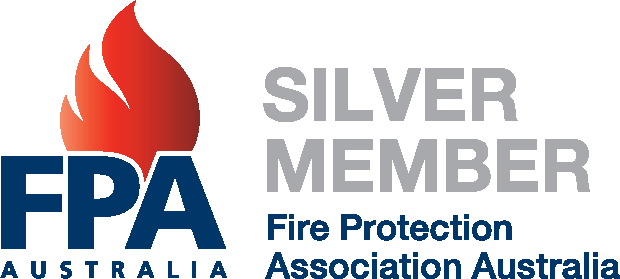Fire Safety Wollongong
Looking for expert advice on fire safety in Wollongong? At Pasiv Fire, we help businesses and builders meet fire safety standards through tailored passive fire protection consultations. Whether you’re planning a new installation or upgrading an existing system, our Wollongong-based experts provide the technical advice you need to ensure full compliance and long-term performance.
With over 23 years of industry experience, we help you navigate fire safety regulations, building codes, and fire-rated materials with clarity and confidence.
Fire Safety Solutions for Wollongong and the NSW South Coast
Fire safety is more than just compliance, it’s about protecting lives, property, and peace of mind. In Wollongong, where new developments and refurbishments are common, staying on top of your fire safety obligations is critical. Pasiv Fire provides detailed advice that ensures your passive fire protection systems meet all relevant standards, helping you reduce liability and avoid costly rework.
Based in Warrawong, we service the NSW South Coast and
Southern Highlands, including
Wollongong,
Merimbula,
Bega and surrounding areas. Call
1300 882 920 today!
Is Your Building Up To Code?
Our Fire Safety Services in Wollongong Include:
We provide expert advice for clients who are looking to install a new passive fire protection system or assess and upgrade their existing setup.
Fire Safety Regulations
We provide clarity on the ever-evolving landscape of fire safety regulations. Our team keeps up-to-date with local and national fire codes, ensuring that your passive fire systems align seamlessly with current legal requirements.
Building Codes & Standards
Navigating building codes and standards can be a daunting task. We simplify the process by explaining how these codes apply to your specific project, ensuring your passive fire systems are in full compliance.
Passive Fire System Components & Materials
Choosing the right components and materials for your passive fire systems is essential. We offer expert guidance on selecting the most appropriate fire-rated products, ensuring they meet the necessary quality and performance standards.
Design Solutions Designing passive fire systems that are effective and efficient requires specialised knowledge. Our experts collaborate with you to develop custom-designed solutions that prioritise safety and cost-effectiveness.
Testing & Inspection
Understanding the intricacies of testing and inspections is vital for system performance. We clarify the requirements and procedures for routine inspections, testing and maintenance, helping you meet compliance and safety regulations.
Maintenance Requirements
We provide insights into the long-term care of your passive fire systems. This includes creating tailored maintenance plans, schedules and documentation to ensure continued compliance and performance.
Why Passive Fire Protection Is Essential for Fire Safety Compliance
Passive fire protection offers numerous benefits, making it a vital component of any fire safety plan:
- Life Safety – By containing fire and smoke, PFP measures provide occupants with more time to evacuate safely.
- Property Protection – Minimising fire spread reduces damage to property, leading to lower repair costs and insurance claims.
- Regulatory Compliance – Australian building codes require passive fire protection measures to ensure structures meet safety standards.
- Structural Integrity – Fire-resistant materials help maintain a building’s stability during a fire, reducing the risk of collapse.
- Support for Active Fire Protection – PFP works in conjunction with active fire safety systems to provide comprehensive protection.
Compliance & Regulations in Australia
Australian building regulations set strict requirements for passive fire protection to ensure safety and compliance. The National Construction Code (NCC) and Australian Standards (AS 1530, AS 4072 and AS 1905) outline specifications for fire-resistant materials, fire door testing and fire-stopping systems.
Passive fire protection professionals ensure that buildings adhere to these regulations by conducting fire safety assessments, installing compliant fire barriers and providing ongoing maintenance services.
Choosing a Passive Fire Protection Service Provider
Selecting a Reliable Passive Fire Protection Provider
Selecting a reliable passive fire protection provider is crucial for ensuring compliance and effectiveness. Fire safety is a serious matter, and choosing the right service provider can make a significant difference in the level of protection your building receives. A well-qualified provider will not only install fire protection systems but also ensure they remain compliant with Australian regulations and industry standards. When choosing a service provider, consider the following factors:
- Experience and Expertise – Look for professionals with a strong track record in passive fire protection. A provider with years of industry experience will be well-versed in the latest fire safety technologies and regulatory requirements. Ask for references and case studies to verify their previous work and success in delivering effective solutions.
- Certification and Compliance – Ensure the provider follows Australian Standards and has the necessary certifications. Proper certification demonstrates that the provider meets stringent safety and quality criteria, ensuring that all fire protection systems are installed and maintained according to national fire safety codes. Compliance with the National Construction Code (NCC) and relevant Australian Standards (such as AS 1530 and AS 4072) is essential.
- Quality of Materials – High-quality fire-resistant materials improve the effectiveness of passive fire protection systems. The provider should use tested and approved fireproofing materials that have undergone rigorous assessments for durability and effectiveness. Inferior materials may compromise the integrity of fire barriers, reducing their ability to contain fire and smoke.
- Comprehensive Services – As a full-service provider of fire safety in Wollongong, we will not only install fire-resistant doors, walls and sealants but also conduct regular inspections to identify potential weaknesses. Ongoing maintenance ensures that fire protection systems remain in optimal condition, preventing failures in the event of a fire.
- Customised Solutions – Every building has unique fire safety needs, and a good provider should offer tailored solutions. They should assess your specific fire risks, structural layout and compliance requirements before recommending the best passive fire protection strategies for your property.
- Ongoing Support and Training – As a reputable supplier of fire safety in Wollongong, we offer continued support, including staff training on fire safety procedures. Proper education ensures that building occupants and maintenance teams understand how to maintain fire safety measures effectively.
Choosing a provider of fire safety services in Wollongong requires careful consideration, as the safety of lives and property depends on the effectiveness of their services. By selecting a qualified, experienced and certified provider, property owners can ensure that their buildings are well-protected against fire hazards while remaining compliant with Australian fire safety regulations.
Ongoing Maintenance & Inspections
Fire safety in Wollongong requires regular inspections and maintenance to remain effective. Over time, fire-resistant materials can deteriorate, and modifications to a building may impact fire barriers. Passive fire protection specialists provide routine inspections, identify potential weaknesses and conduct necessary repairs to ensure continued compliance and safety.
Passive fire protection is an essential aspect of fire safety that significantly reduces the risks associated with fire outbreaks. By incorporating fire-resistant walls, doors, sealants and other protective measures, buildings can effectively contain fire and smoke, minimising damage and ensuring occupant safety.
For those seeking reliable fire safety services in Wollongong, working with experienced professionals ensures compliance with Australian regulations and optimal fire safety. By prioritising passive fire protection, property owners and managers can create safer environments and reduce the devastating impact of fires.

















